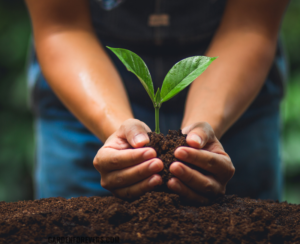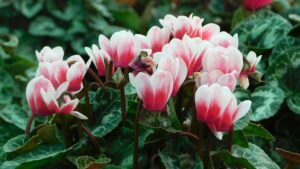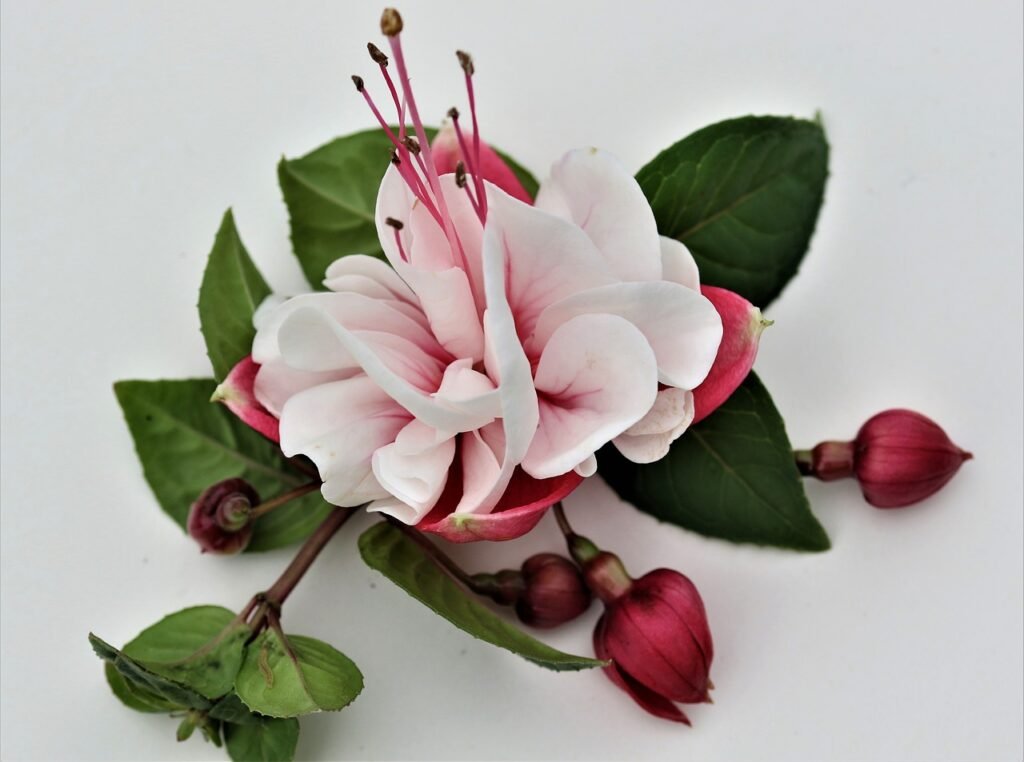How to Easily Take Care of Your Philodendron Erubescens

Philodendron is a popular houseplant. It is also known as the ‘Red Emerald “due to its attractive reddish accents and colorful leaves. Philodendron erubescens, one of about 400 species of philodendron worldwide, is a favored plant among plant enthusiasts. Furthermore, this plant is native to the rainforests of Costa Rica and South America. However, like other philodendrons, it is toxic to humans and animals. Therefore, you should cultivate this plant in a safe and suitable environment. Here a simple guidance is mentioned for your better understanding. By following the guide, you will easily learn how to take care of Philodendron erubescens.
Let’s delve into the details of Philodendron erubescens care.
Quick Facts about Philodendron Erubescens
- Common Names: Blushing Philodendron, Red-leaf Philodendron, Imperial red Philodendron Red Emerald Philodendron, Wine and Roses Philodendron, Burgundy Philodendron
- Scientific Name: Philodendron Erubescens
- Family: Araceae
- Origin: Costa Rica in Central America and South America
- Plant Type: Perennial
- Mature Size: Minimum 2 feet to maximum 60 feet long and wide around 16 inches.
- Sun Exposure: Partial
- Color of leaves: Green leaves with red accents
- Bloom Time: Spring to early summer
- Color of the flower: Red
- Ideal soil type: Well-drained loamy soil
- Ideal pH of soil: Neutral or slightly acidic
- Propagation: Stem cutting
- Hardiness Zones: 10-11 (USDA)
- Toxicity: Toxic for both people and pets if ingested
Philodendron Erubescens Plant Care Made Simple
Plant in well-drained, slightly acidic to neutral soil.
Keep the plant in indirect light and mid-humid air.
It can survive without water for a short period, but if the soil above the tub seems dry, water the plant immediately.
Use well-draining soil that is slightly acidic to neutral.
Maintain temperatures of approximately 64 to 77 degrees Fahrenheit or 18 to 25 degrees Celsius.
How to Care for a Climate Indoors
The biological activities of this plant depend on elements of the environment. Light, temperature, humidity etc can influence the healthy growth, root rot, blooming etc.
Best Light
Philodendron erubescens does not like too bright light. Too much direct sunlight can scorch the leaves. On the other hand, insufficient light can slow down its growth. Therefore, it will cause leggy stems. So, it has to have indirect light. Thus, you have to place it where there is no bright direct sunlight from outside. Indoors, you can place the tub of plants near the east or north-facing window. In this place, the plant will receive a gentle morning light. If natural light is limited, you can use grow to provide the necessary illumination.
Soil & Compost
Proper soil and compost mixture are important elements for the growth of P. erubescens. But the soil should be loamy and rich in organic matter for healthy growth. This is because this type of soil is rich in nutrients and high in water-holding capacity. Further, you can add compost and soil to the soil mixture. This mixture enhances the soil with more nutrients. As well, it helps to retain moisture without making the soil too thick. However, you must take care that the pH of the soil is neutral to slightly acidic in the mixture.
Watering
Water the Philodendron erubescens plant if it feels dry when touching the top inch of the soil. But if there is too much water, the plant can rot. Additionally, the leaves begin to turn yellow. Adding to this, the whole plant can rot at one time. Therefore, you can water once a week. However, the frequency may vary depending on the humidity and temperature of your home. Thus, make drainage holes in the pot so that excess water can drain out easily.
Temperature and Humidity
Proper temperature and humidity conditions are crucial for the healthy development of these types of Philodendron erubescens. This plant grows well in temperatures between 55 and 80 degrees Fahrenheit. It can survive temperatures below 55 degrees Fahrenheit or 13 Celsius. But it can tolerate a cold for a short period. On the other hand, if the air is too dry, the edges or tips of the leaves may turn brown. Therefore, you can regularly use a humidifier in the dry period.
Pruning Plants
Although it is not necessary to prune the philodendron often, you can prune it to maintain its beautiful shape. You can trim it when it becomes a little too big or long. Also, when the leaves turn yellow or dead in spring or autumn, you should prune the leaves. While pruning, use sharp and sterile pruning scissors. Cut off the leggy stems, which stimulate the growth of bushes. However, it is best not to prune in autumn or winter, as the plant grows slower during this period. Pruning in time helps to keep your P. erubescens vibrant and well-shaped.
How to Propagate Philodendron erubescens Plant
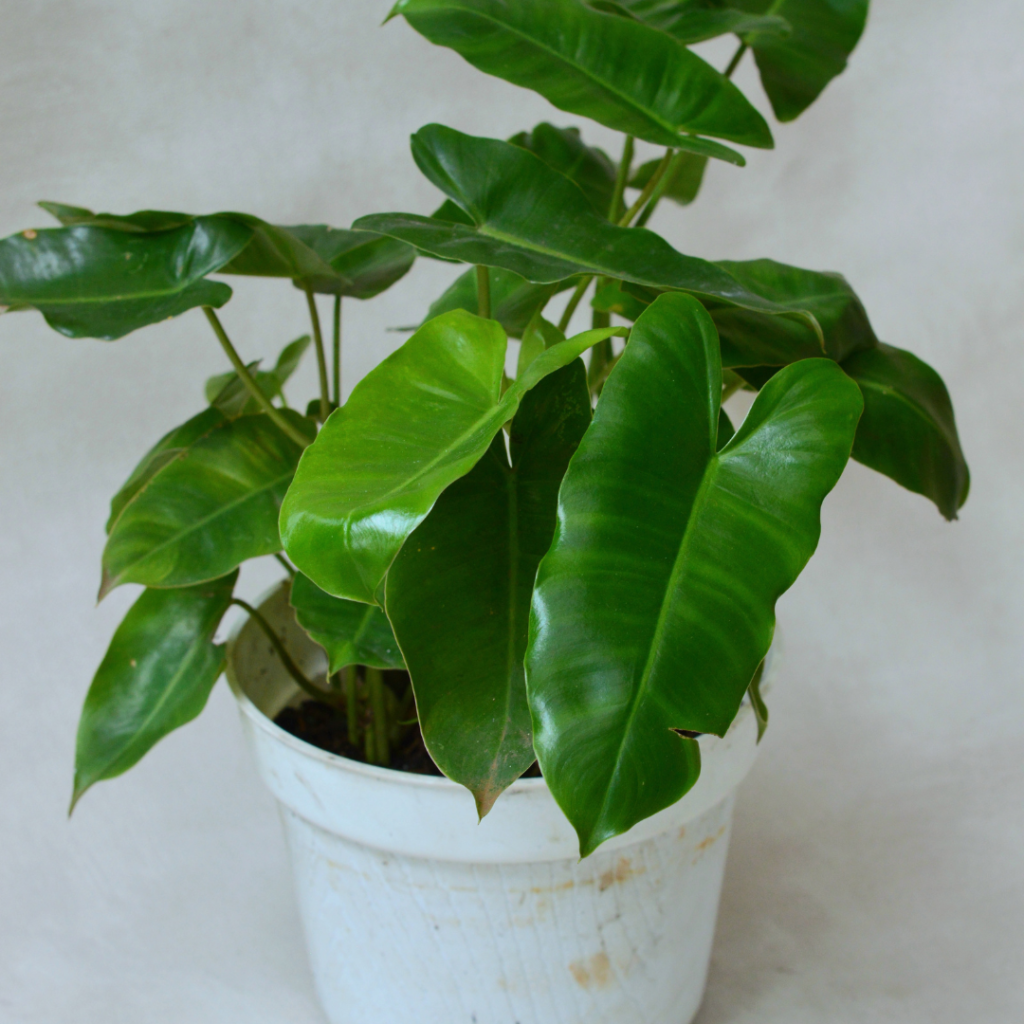
You can easily propagate the P. erubescens. The most effective method of propagation is through stem cuttings. However, when taking the stem, check if the stem is infected with any disease or pest. And here’s how you do it:
- Choose a healthy stem that has at least one node, such as a small bump where the leaves and roots come out. Several leaves can be associated with this node.
- Cut the stem just below this node using sharp and sterile pruning scissors. The cuttings should be about 4-6 inches long.
- Remove the leaves closest to the edge of the cut, except for a few leaves on top. It helps to reduce water loss and promote root development.
- Place the cut stems in a container with a well-drained potting mix.
- Regularly water the soil and make drainage holes in the pot so that excess water can drain out.
- Ensure proper lighting and humidity. Keep the pot in a warm and humid environment with indirect light. Additionally, take care of the plant in time to prevent any pest infestations or diseases.
Potting
When preparing a pot for P. erubescens, make small drainage holes in the bottom of the pot. This step can prevent the accumulation of excess water and root rot. Next, add organic matter and sand to the soil mixture. This mixture provides the necessary nutrients and ensures proper ventilation for the roots.
Next, place the plant in the middle and fill it with more potting mix on all sides. Then press the soil mixture moderately to adjust with the pot. When it is ready for climbing, put a pole for climbing. Later, water the plant thoroughly and place it in a suitable place.
Repotting
You have to change the pot from time to time. When roots start to bind or the roots are out of the pot, it is necessary to change the pot. In addition, if there are signs that the roots emerge from the drainage hole, slow growth or the plant becomes heavy on the roots upwards, your plant needs to be replanted. The best time to replant or restore the plant is during the growing season, such as spring or early summer. Here’s how to do it effectively:
- Choose a new plant tub that is a little larger than the current one.
- Gently remove the plant from its current pot. If the plant is tied to the roots, carefully loosen the roots with sterile scissors and cut off the dead or damaged roots.
- Then, make a layer of soil mixture on the bottom of the new pot. Place the plant in the middle, then fill with more potting mix on all sides.
- After replanting, water the plant thoroughly.
- Lastly, place it in indirect lighting and steer clear of direct sunlight for several weeks to allow it to acclimate to its new environment.
Related
Caring for Philodendron Erubescens after it Blooms
After blooming, the plant will benefit from some extra care. Therefore, caring for a Philodendron erubescens is essential. At the same time, plant growth slows down. So, reduce watering. Further, avoid applying fertilizer until the next growing season to prevent over-stimulation. Furthermore, trim the dead flowers and leaves to bring back the energy to the plant. Importantly, place the plant in a cool, well-lit place. Moreover, maintain the ideal temperature and humidity. Change the pot when needed. Overall, take the best care of the plant.
Problems, Pests, and Diseases of Philodendron erubescens
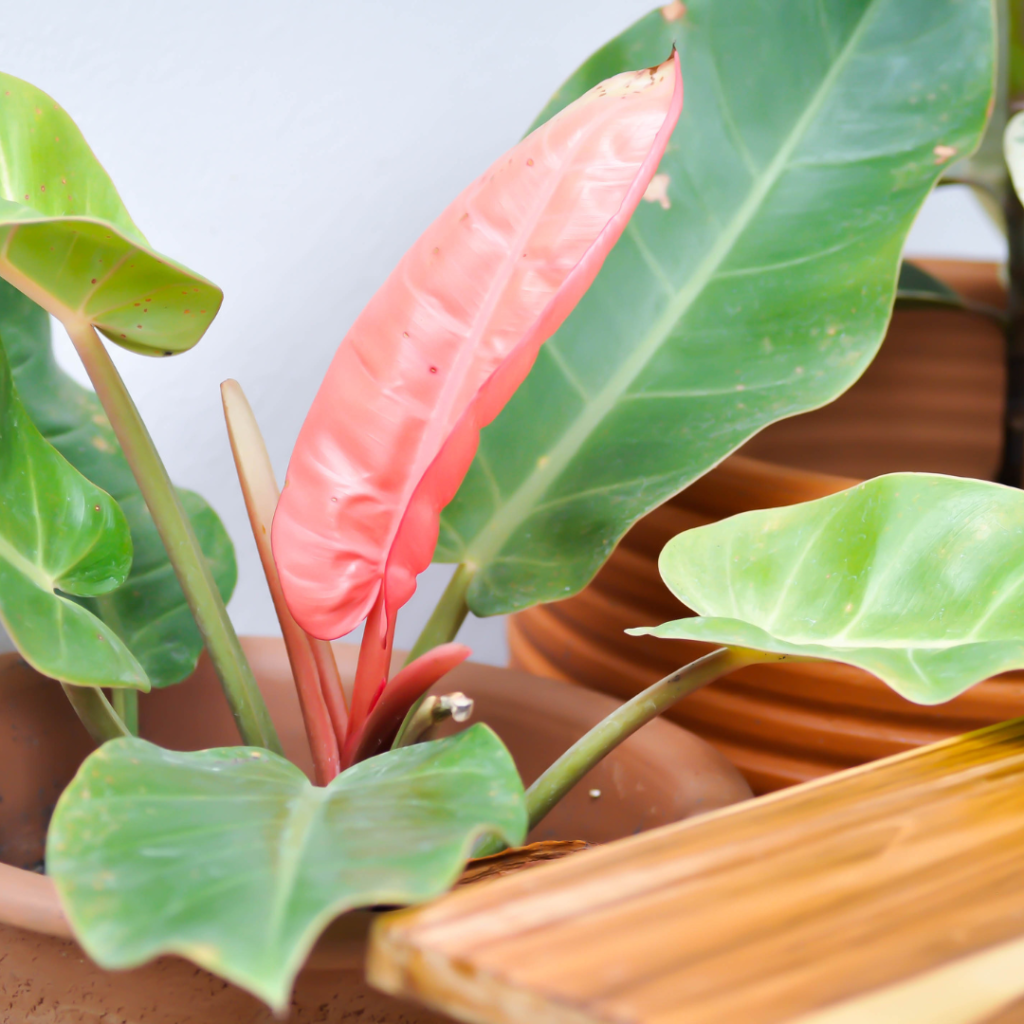
Sometimes even the healthiest plants face problems. Here’s how to address common problems with Philodendron Erubescens.
Yellowing of leaves: Poor drainage can lead to excessive waterlogging. As a result, the leaves turn yellow. When such signs appear, check the moisture of the soil. Additionally, make sure the pot has an adequate drainage facility.
Pests:
Common pests like spider mites, aphids, and mealybugs may attack the plant. To get rid of this threat, treat the infected area with insecticide or neem oil.
Disease
The most common disease of this plant is root rot. It is usually caused by excessive watering. To prevent this, water your plants only when necessary. Use well-drained soil and a porous pot.
FAQ
Is Philodendron Erubescens an indoor or outdoor plant?
erubescens is popular as an indoor plant. But it can survive outside too.
Can Philodendron tolerate direct, bright sunlight?
erubescens likes low and indirect sunlight.
When should I water my P. erubescens?
Water when the top inch of soil feels dry. This is typically once a week, but frequency may vary depending on your home’s humidity and temperature.
What kind of light does a Philodendron Erubescens need?
Erubescens thrives in bright, indirect light. Direct sunlight can cause leaf burn, while too little light may hinder growth.
What should I do if my plant’s leaves turn yellow?
Yellow leaves can indicate overwatering and poor lighting. To treat it, first check the soil moisture and then adjust your watering schedule. Ensure the plant is getting the right amount of light.
Is Philodendron Erubescens toxic to pets?
Yes, P. erubescens is toxic to pets if ingested. Therefore, keep this plant out of reach of curious pets to prevent any accidental ingestion.
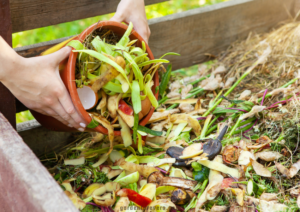
How To Make Your Best Homemade Fertilizer for Indoor Plants
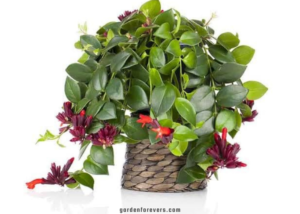
How to Grow and Care for Lipstick Plant
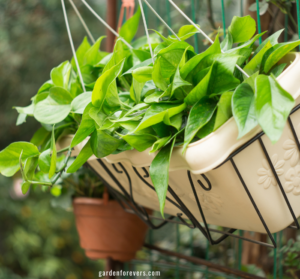

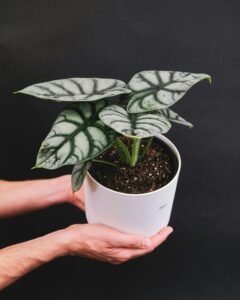
How to grow and care for alocasia wentii
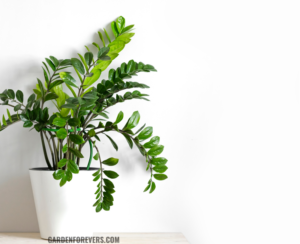
How to Prevent and Solve ZZ Plant Problems and Toxicity

How to Repot an Aloe Vera Plant: A Step-by-Step Guide
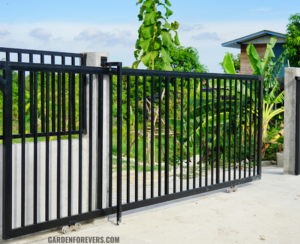
20 Ideas For Choosing The Perfect Garden Gate
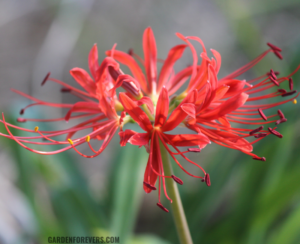
How to Grow and Care for Spider Lily
